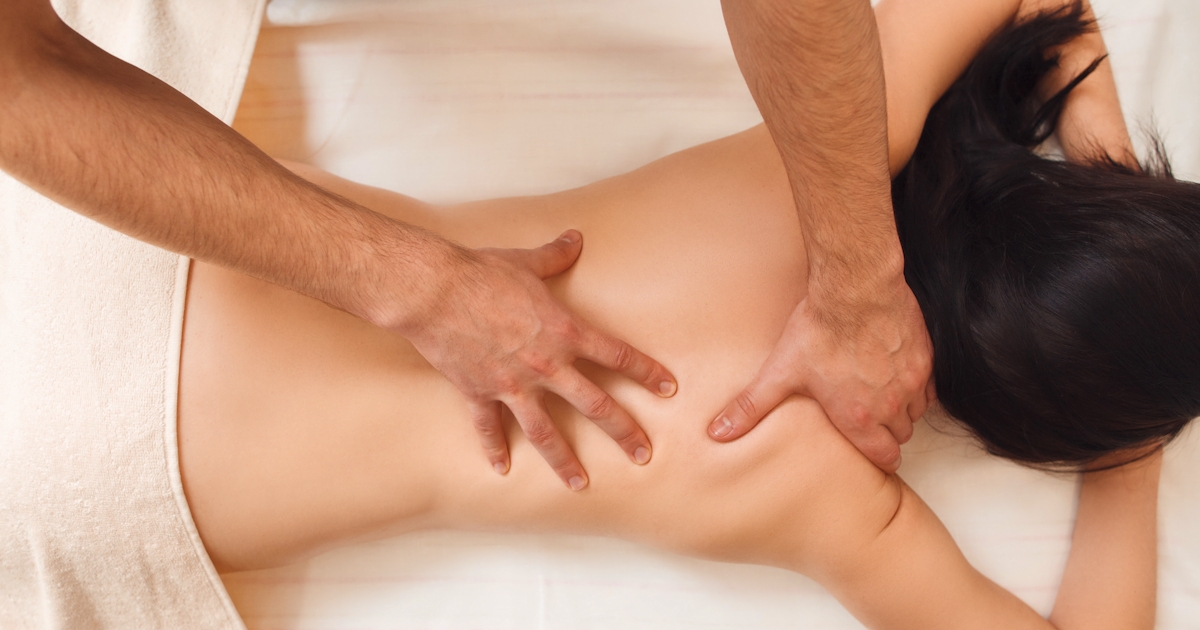
If you’ve ever experienced persistent pain, stiffness, or limited range of motion, you may have come across the term "myofascial release." This specialised manual therapy technique has become increasingly popular in addressing a variety of musculoskeletal issues. But what exactly is myofascial release, and how can it help?
What Is Myofascial Release?
Myofascial release (MFR) is a hands-on technique used by trained practitioners, such as myotherapists, massage therapists, and physical therapists, to relieve tension in the myofascial tissues. The term “myofascial” combines "myo" (muscle) and "fascia" (connective tissue). Fascia is a web-like structure of connective tissue that surrounds and supports muscles, bones, and organs throughout the body.
When the fascia becomes tight or restricted due to injury, stress, poor posture, or inflammation, it can lead to pain and dysfunction. Myofascial release aims to alleviate these restrictions by applying gentle, sustained pressure to the affected areas, helping to restore mobility and reduce discomfort.

How Does Myofascial Release Work?
The technique involves:
Assessment: Practitioners begin by identifying areas of tension, tightness, or fascial restriction through palpation and observation.
Application of Pressure: Using their hands, elbows, or specialised tools, therapists apply slow, steady pressure to the restricted fascia. This pressure is held for a prolonged period (often 90 seconds or more) to allow the tissue to soften and release.
Stretching and Releasing: As the fascia releases, the therapist may gently stretch the tissue to encourage further relaxation and alignment.
Unlike traditional massage, MFR does not rely on oil or lotion, as a firm grip on the skin is necessary to engage the fascial layers effectively.
Benefits of Myofascial Release
Myofascial release can provide numerous benefits, including:
Pain Relief: MFR is often used to address chronic pain conditions, such as lower back pain, neck pain, and headaches.
Improved Mobility: By releasing restrictions in the fascia, MFR can enhance range of motion and flexibility.
Better Posture: Tight fascia can pull the body out of alignment. MFR helps restore balance and proper posture.
Stress Reduction: Releasing fascial tension can have a calming effect on the nervous system, reducing overall stress and promoting relaxation.

Conditions Treated with Myofascial Release
Myofascial release is commonly used to treat:
- Chronic pain conditions (e.g., fibromyalgia, myofascial pain syndrome)
- Sports injuries
- Postural imbalances
- Post-surgical adhesions
- Temporomandibular joint (TMJ) dysfunction
- Sciatica
What to Expect During a Myofascial Release Session
A typical MFR session begins with a consultation to discuss your symptoms and goals. The practitioner will then assess your posture and movement patterns before starting the hands-on treatment. The pressure applied during MFR is often described as "comfortable discomfort" and should never feel painful. Sessions usually last 30 to 60 minutes, depending on the areas being treated.
Self-Care Tips to Complement Myofascial Release
To maximise the benefits of MFR, consider incorporating these self-care practices:
Stay Hydrated: Adequate hydration helps keep fascia supple and reduces stiffness.
Stretch Regularly: Gentle stretching can prevent fascial tightness from returning.
Use a Foam Roller: Self-myofascial release with a foam roller can be an effective way to maintain results between sessions.
Practice Good Posture: Be mindful of your alignment during daily activities to avoid reintroducing tension.

Myofascial release is a powerful technique for addressing pain, improving mobility, and enhancing overall well-being. If you’re struggling with persistent tension or discomfort, consider seeking out a qualified practitioner to explore the benefits of this specialised therapy. Whether you’re an athlete, office worker, or busy parent, MFR can help you move and feel better in your daily life.
If you’re ready to experience the benefits of myofascial release, contact our clinic today to book a session with our remedial therapists. We’re here to help you achieve a healthier, pain-free life.
Chris Beardsley, Jakob Škarabot, Effects of self-myofascial release: A systematic review, Journal of Bodywork and Movement Therapies, Volume 19, Issue 4, 2015, Pages 747-758, ISSN 1360-8592, https://doi.org/10.1016/j.jbmt.2015.08.007.
Tamsyn R. Webb, Dévan Rajendran, Myofascial techniques: What are their effects on joint range of motion and pain? – A systematic review and meta-analysis of randomised controlled trials, Journal of Bodywork and Movement Therapies, Volume 20, Issue 3, 2016, Pages 682-699, ISSN 1360-8592, https://doi.org/10.1016/j.jbmt.2016.02.013.


